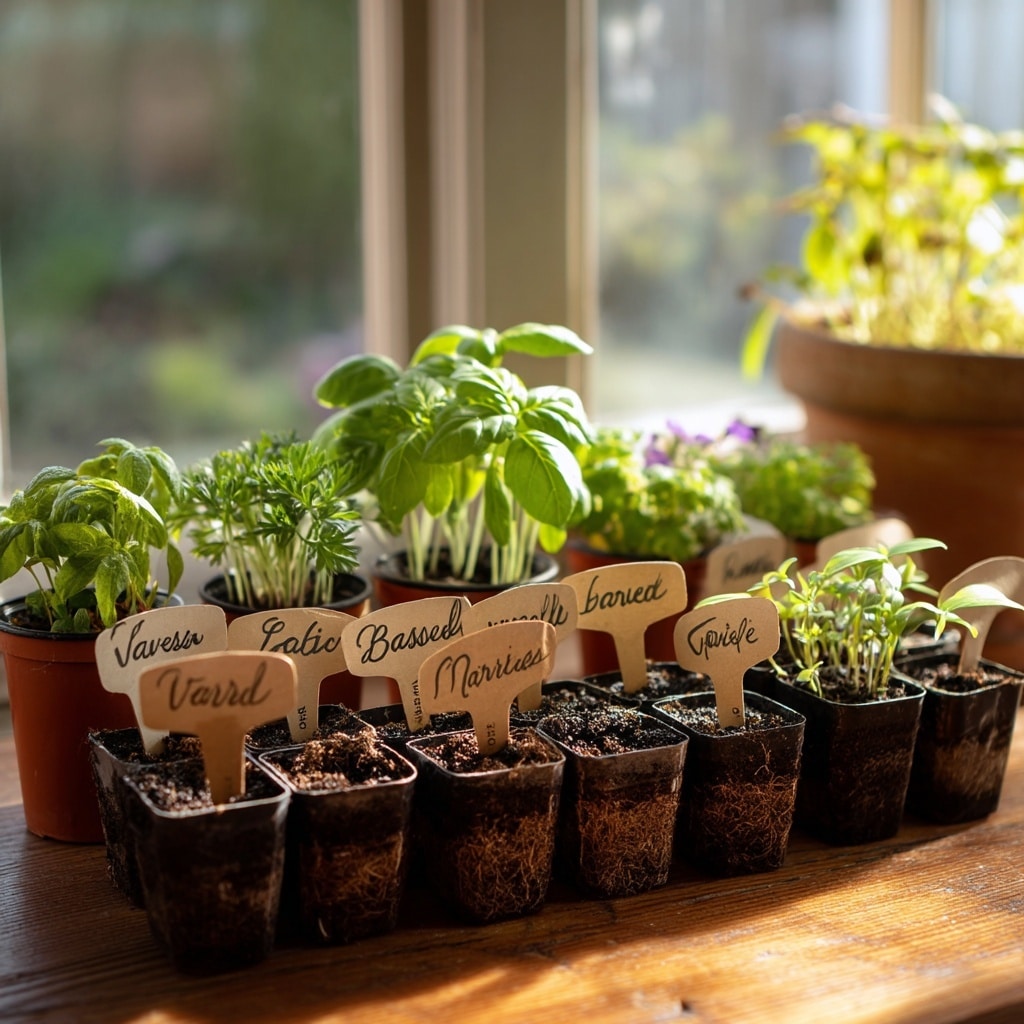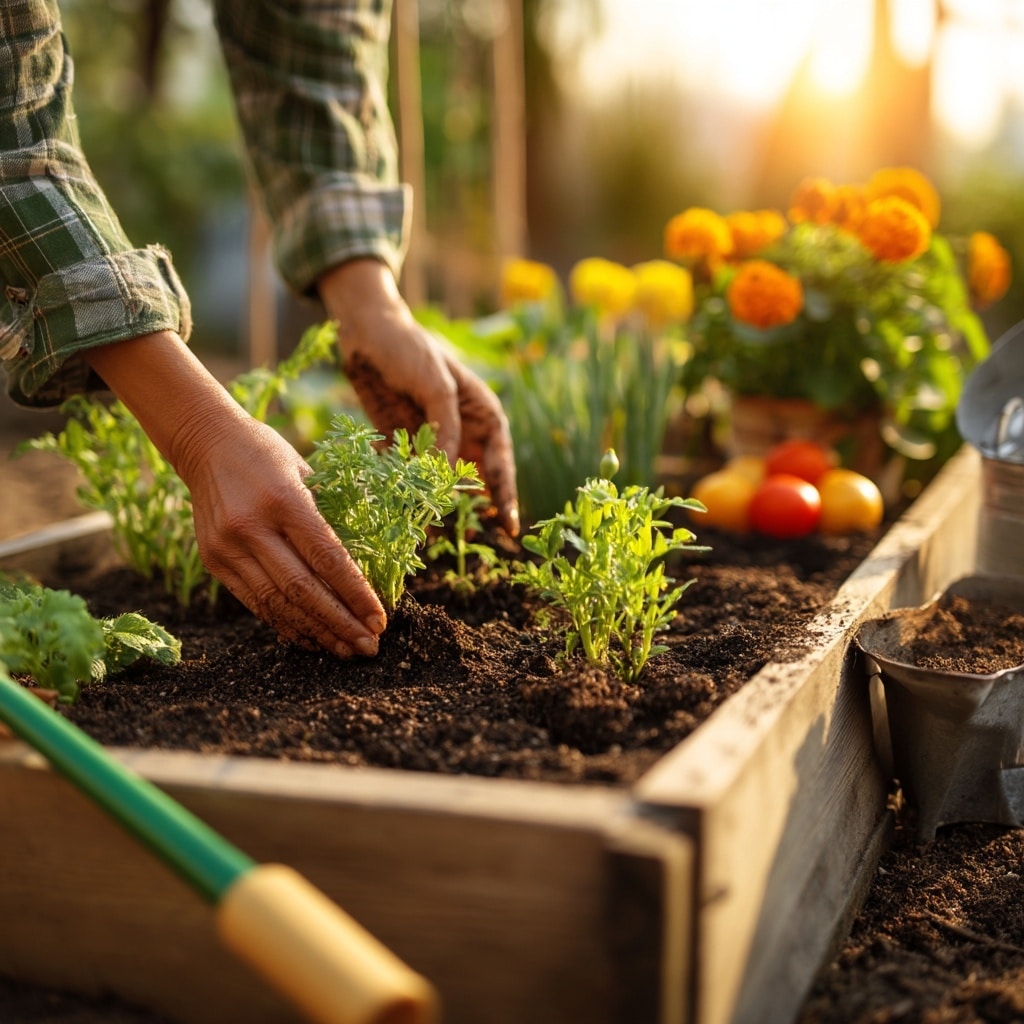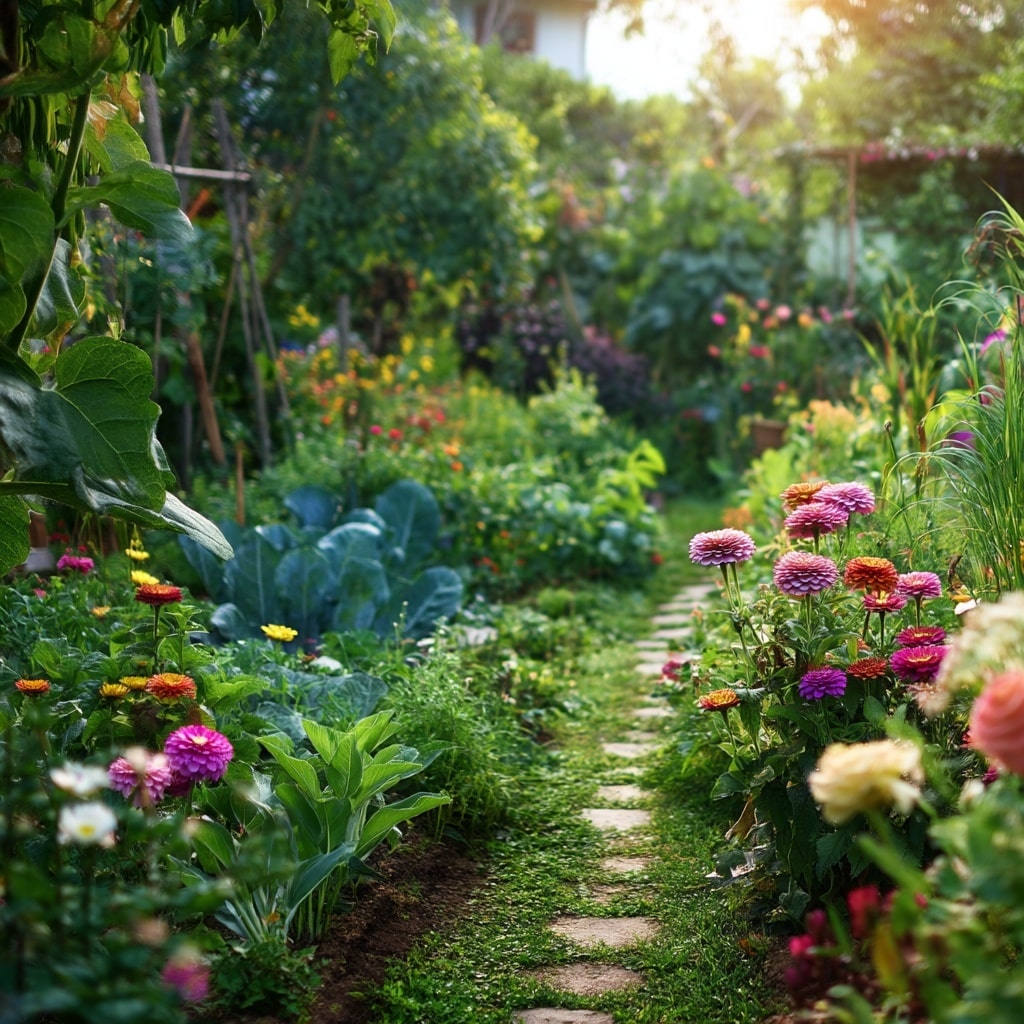Garden planning is the key to transforming that dream of lush greenery or colourful blooms into a thriving reality. If you’ve ever thought “this year I’ll finally start a garden,” only to feel overwhelmed or unsure where to begin—this guide is for you. With the right approach, you’ll feel confident laying out a space that works for your lifestyle and your plants’ needs. Think of this as your friendly roadmap to design a manageable garden, avoid common missteps, and enjoy every step of the process.
Table of Contents
Location, Location, Location
When it comes to garden planning, choosing the right location is your most important decision. Plants thrive when their environment suits their needs, so take time to observe your yard before planting anything.
Start by paying attention to sunlight patterns—most vegetables and flowers need at least six hours of full sun each day. Note any areas shaded by trees, fences, or buildings. Morning sun is often gentler and ideal for tender plants, while afternoon sun is stronger and suits heat-tolerant crops.
Next, check your soil quality and drainage. Well-draining soil prevents root rot, while heavy clay can hold too much water. You can amend poor soil with compost or raised beds to create a healthier foundation.
Finally, think about accessibility. You’ll be visiting this space regularly to water, weed, and harvest, so place it somewhere convenient—close to a water source and visible from your home. A garden you see every day is a garden you’ll naturally tend more often.
Mapping Your Space

Once you’ve chosen the ideal location, the next step in garden planning is to map your space. Creating a clear layout before you start planting helps you use every inch efficiently and makes maintenance easier later.
Start with a simple sketch of your garden area—this doesn’t have to be artistic. Outline fences, trees, walkways, and other fixed features. Then mark areas that receive full sun, partial shade, and full shade. This visual guide will help you decide which plants belong where.
If you’re growing vegetables, plan rows or raised beds that are easy to reach from both sides. For flowers or ornamental gardens, group plants by height and color to create balanced layers—taller ones in the back, medium in the middle, and low-growing ones at the front.
Don’t forget about pathways and spacing. Leaving enough room for walking, watering, and harvesting will make your garden more enjoyable and practical. Think of your map as a living plan that can evolve as your garden grows.
Deciding What to Grow

This is the part of garden planning where your creativity truly blossoms — deciding what to grow. The secret is to start simple and choose plants that suit both your environment and your level of experience.
Begin by considering your climate zone. Check which plants thrive naturally in your region, as they’ll require less effort to maintain. Local garden centers often label plants with their recommended hardiness zones, which can guide your choices.
Next, think about your goals. Do you want a vegetable garden filled with fresh produce, a cutting garden for bouquets, or a mix of flowers that attract pollinators? Write down your must-haves and nice-to-haves. For beginners, start small — growing a few tomatoes, herbs, or marigolds can build confidence and teach you how different plants behave through the season.
Also, consider harvest time and maintenance. Some crops mature quickly, while others require patience and daily attention. If you’re short on time, low-maintenance plants like lettuce, zucchini, or lavender are perfect options.
And remember — variety makes a garden both productive and beautiful. Mixing annuals and perennials, vegetables and flowers, can create a vibrant, balanced ecosystem that’s a joy to care for all season long.
Putting It All Together

Now comes the most exciting step in garden planning — bringing your vision to life! Once you’ve chosen the right location, mapped out your space, and decided what to grow, it’s time to design a layout that feels both functional and beautiful.
Start by placing your plants according to their sunlight and spacing needs. Keep tall crops like corn, sunflowers, or tomatoes toward the north side of your garden so they don’t shade smaller plants. Group vegetables and flowers with similar watering needs together — this makes irrigation easier and reduces waste.
Think about succession planting, too. When one crop finishes, replace it with another to keep your garden productive all season. For example, after harvesting lettuce in early summer, plant beans or carrots in the same spot.
Don’t forget the finishing touches — mulch paths, garden edging, and a compost corner for recycling clippings and kitchen scraps. These small details make your garden more organized and eco-friendly.
Finally, remember that garden planning is a journey, not a one-time task. Keep notes on what worked, what didn’t, and what you’d like to try next year. Over time, your garden will become a reflection of your learning and creativity.
Conclusion

Garden planning is more than just placing plants in the ground — it’s about creating a space that grows with you. Whether you’re tending a few pots on a balcony or cultivating a backyard oasis, thoughtful planning ensures that your garden thrives season after season.
Start small, stay curious, and adjust as you go. Every garden — and every gardener — improves with experience. Soon, you’ll find yourself harvesting fresh herbs, admiring bright blooms, and enjoying the calm satisfaction of a space you designed and nurtured yourself.
With the right plan in place, your garden will reward you with color, flavor, and joy all year long. 🌿


